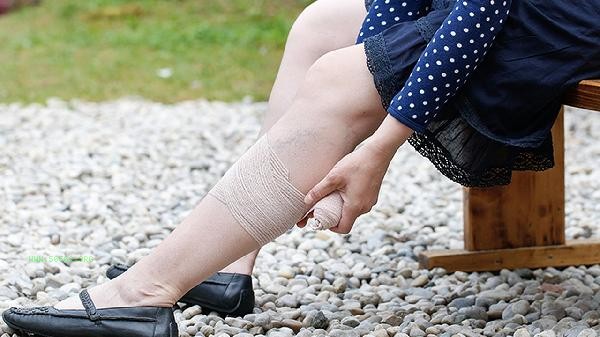The main training methods to increase thigh muscles include squats, hard pulls, leg lifts, lunges, and leg bends.

1. Squat
Squat is a basic movement for exercising thigh muscles, mainly targeting the quadriceps, gluteus maximus, and hamstring muscles. The standard squat requires feet shoulder width apart, a straight back, sitting backwards with hips, and knees not exceeding the toes. Strength can be improved by increasing the load or adjusting the squat depth. Pay attention to maintaining core stability and avoid knee adduction.
2. Hard pull
Hard pull can strengthen the muscles behind the thighs and buttocks. Traditional hard pull focuses on the hamstring muscles, while sumo hard pull activates the adductor muscles more. The movement should maintain a neutral position of the spine, with the barbell rising close to the calf and the hip joint dominating the force. Beginners are advised to start with light weight and gradually master the hip hinge mode.
3. Leg Lift
The leg lift can isolate and stimulate the quadriceps femoris muscle, making it suitable for gradual weight-bearing. Adjusting the pedal position can change the focus of force, with a high focus on the rectus femoris muscle and a low focus on the lateral femoris muscle. Pay attention to controlling the speed of movement and avoid overexertion of the knee joint. You can try single leg lifts to improve unilateral muscle balance.

4. lunge squat
lunge squat can simultaneously exercise lower limb stability and muscle circumference. The forward style focuses on the quadriceps, while the backward style activates the hamstring muscles. Keep your upper body upright, with front leg knees at a 90 degree angle and back leg knees lightly touching the ground. You can hold dumbbells or use barbells to increase resistance.
5. Leg bending lifting
Leg bending lifting equipment is specifically designed for the development of hamstring muscles, and can be used in prone or sitting positions. The movement requires fixing the pelvis and slowly bending the knee to 90 degrees before controlling the restoration. To avoid relying on lumbar compensation, one can adjust the position of the ankle to change the point of muscle force.

It is recommended to schedule 2-3 lower limb exercises per week, selecting 3-4 movements each time, with 8-12 repetitions per group. Warm up and stretch thoroughly before and after training, gradually increasing the weight. Combined with high-quality protein intake and sufficient sleep, muscle growth requires continuous and gradual loading and recovery. To avoid high-intensity training of the same muscle group for two consecutive days, low-intensity aerobic exercises can be interspersed to promote blood circulation. If there is a history of joint discomfort or sports injury, the movement mode should be adjusted under professional guidance.








Comments (0)
Leave a Comment
No comments yet
Be the first to share your thoughts!